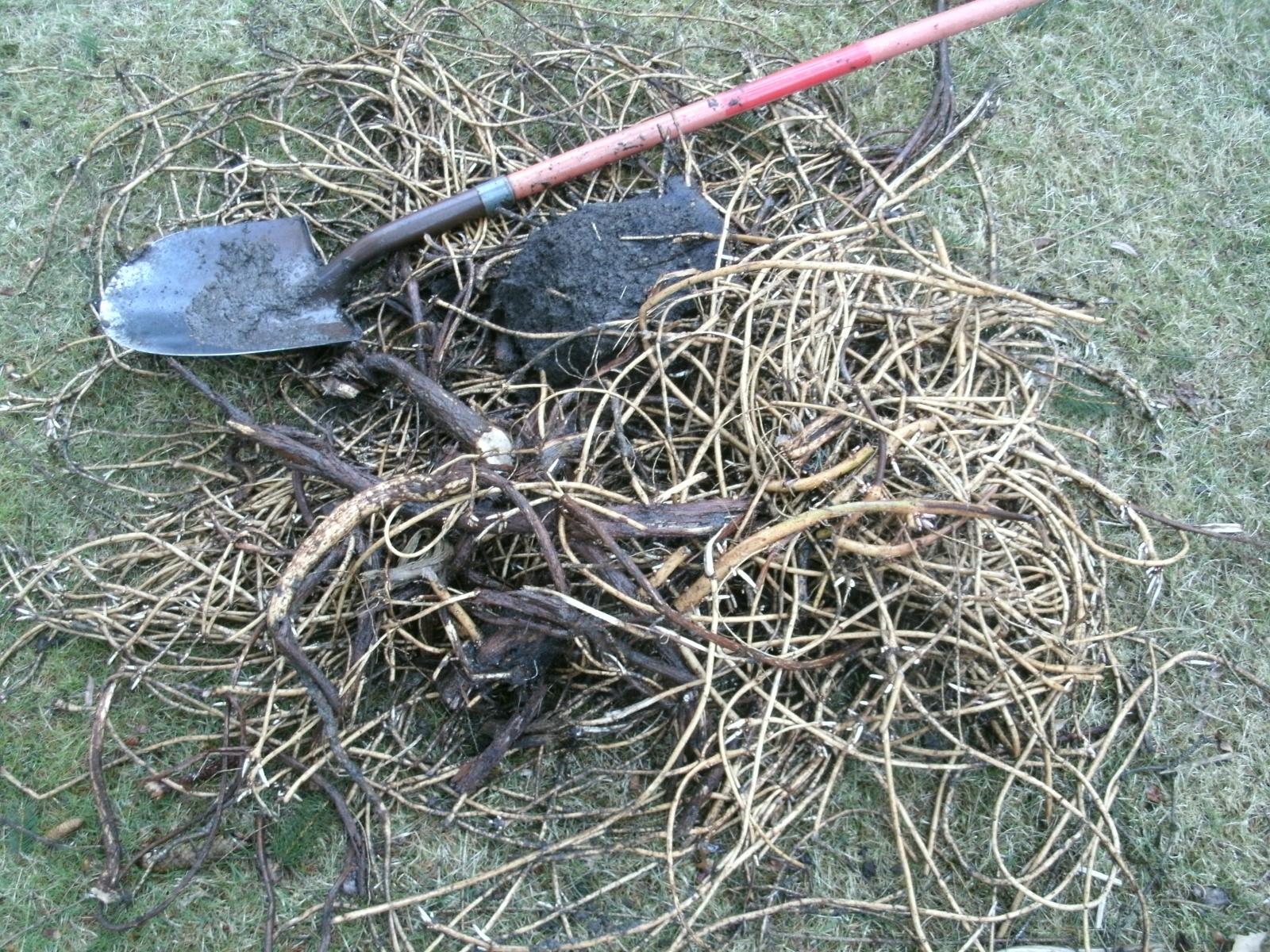whattafero
New Member
- Joined
- Mar 25, 2013
- Messages
- 4
- Reaction score
- 2
Does anyone have any insight on if I can dig up and replant my still dormant hop plants? When I put the hop bed in a few years ago I never took the time to round up the grass and just tilled a bed and planted. Over the years the grass and weeds took it over with deep roots and I could not pull weeds as fast as they were coming. I was thinking about digging up the main balls, and replanting them in new fresh soil after taking the old stuff out. My hop bed looked nasty last year and I would really like to save the plants and not have to start over. Any thoughts? Thanks!



